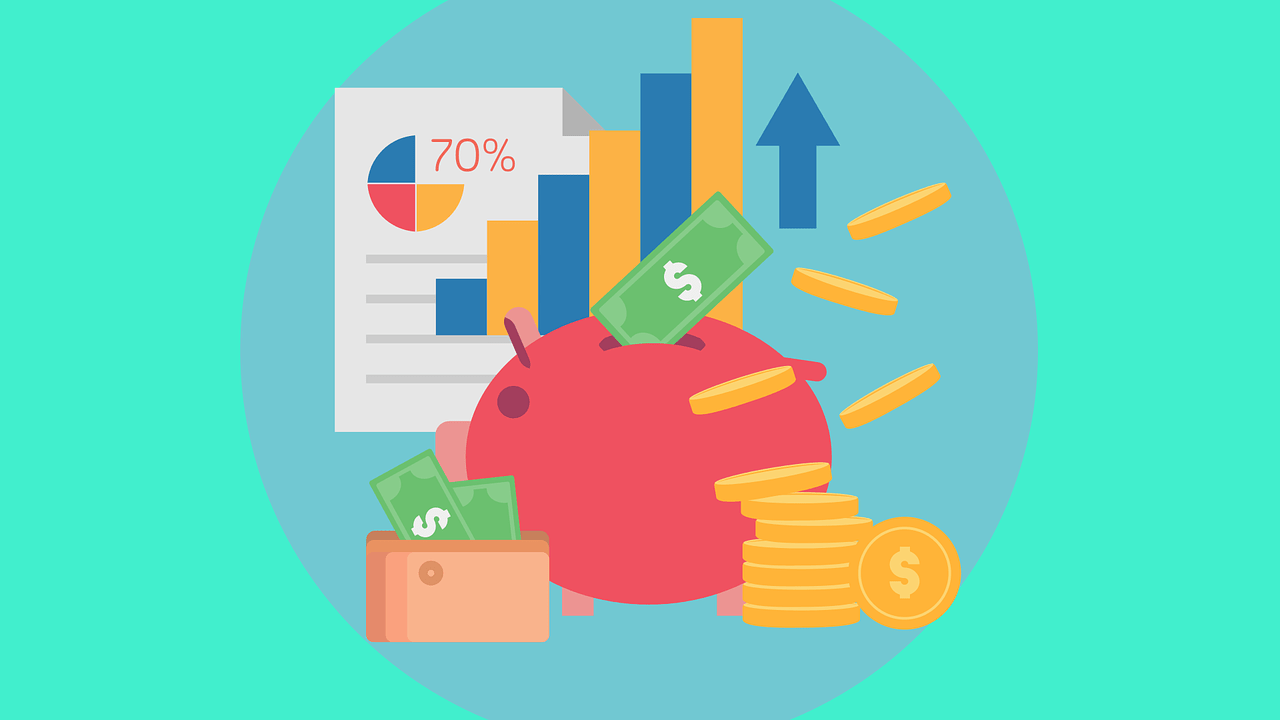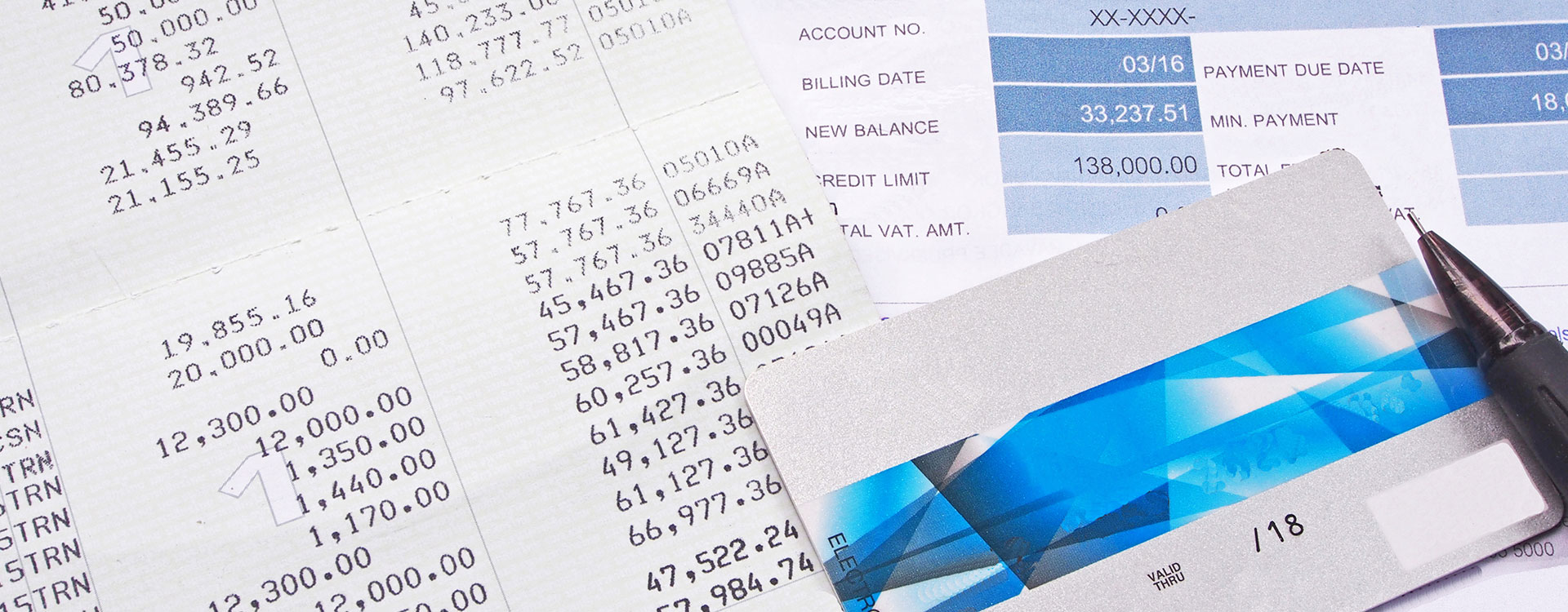If you want to be financially successful in life, you need to learn how to budget your money.
This may seem like a difficult task, but it is actually very simple.
Below, you'll discover the basics of budgeting and how to get started.
We will also provide some tips for staying on track with your budget. So whether you are just starting out or you have been budgeting for years, there is something in this article for everyone!
How To Start Budgeting (Step-By-Step Guide)
This step-by-step guide will show you how to start budgeting, even if you have no idea where to begin.
Step #1 - Determine The Type Of Budget
Are you budgeting for your household or for your business? This is an important distinction to make, as the two types of budgeting require different approaches.
If you are budgeting for your household, you will need to track your income and expenses. This can be done by setting up a budget spreadsheet or using budgeting software.
If you are budgeting for your business, you will need to track your revenue and expenses. This can be done by setting up an accounting system or using accounting software.
Step #2 - Set Up A Budget Spreadsheet
If you are budgeting for your household, you will need to set up a budget spreadsheet. This can be done using a free online tool like Google Sheets or Microsoft Excel.
Once you have set up your budget spreadsheet, you will need to add your income and expenses. This can be done by manually entering your data or by importing it from your bank statements.
If you are budgeting for your business, you will need to set up an accounting system. This can be done using a free online tool like FreshBooks or Wave Accounting.
After you establish your accounting system, include your revenue and expenses.
This can be done by manually entering your data or by importing it from your invoices and bank statements. For a personal budget, the same process can be done with your income and expenses.
Step #3 - Track Your Income And Expenses
Once you have set up your budget, you will need to track your income and expenses.
This can be done by manually entering your data or by using a budgeting app.
If you are budgeting for your household, you will need to track your income and expenses. This can be done by manually entering your data or by using a budgeting app like Mint or YNAB.
If you are budgeting for your business, you will need to track your revenue and expenses. This can be done by manually entering your data or by using accounting software as mentioned above.
Step #4 - Review Your Budget
A financial plan is referred to as a budget.
For the sake of putting money away for a rainy day, the plan calls for you to limit your monthly expenditure to a certain dollar number.
The majority of individuals will never be able to put away sufficient funds for their financial goals if they do not have a budget.
This implies that you are unable to engage in activities such as retiring, purchasing a house, or sending your children to college.
Step #5 - Make Adjustments To Your Budget
After you have written out your budget, it is important to make adjustments. This will help you to account for any unexpected expenses that may come up.
For example, if you have a car repair that costs $100, you will need to adjust your budget accordingly.
One of the best ways to make adjustments to your budget is to use a flexible spending account. This account can be used for medical expenses, childcare, and other unexpected costs. You are required to review your budget regularly and make any adjustments if necessary.
In addition to this, you need to consider your plans for the future and make certain that you set aside sufficient funds to be able to achieve your monetary objectives.
Keep in mind that you are the one who chooses your objectives, thus it is entirely up to you to achieve them.
This may require you to forgo some of the things you desire, which will be challenging in the short term; but, if you are successful in achieving your financial objectives, you will be happy in the long run.
The bottom line is that you need to be prepared for the unexpected. By making adjustments to your budget, you will be able to stay on track with your financial goals.
Step #6 - Stick To Your Budget
The final step in creating a financial plan is to stick to your budget.
This can be difficult, but it is important to stay on track. There will be times when you are tempted to spend more money than you have budgeted for.
However, if you want to reach your financial goals, you need to stick to your budget. If you find that you are struggling to stick to your budget, there are a few things that you can do.
First, you can try to find ways to cut back on your spending.
For example, you may want to cook at home more often or shop at discount stores.
Additionally, you can talk to a financial planner to help you find ways to save money.
Lowering the limit on your debit card and automating your paycheck deposits can also help you to stick to your budget.
Bonus Tip: Increase Your Income To Enable A Higher Budget
Budgeting is all about lowering your costs.
However, by increasing your top line, (revenue/income) you can also increase the amount you have available to spend each month. If this is something that interests you, make sure to bookmark this website and return as you progress in your financial journey as we will share multiple ways that you can do this.
The bottom line is that creating a financial plan is the first step to reaching your financial goals. However, it is just as important to stick to your budget. By following these steps, you will be well on your way to financial success!
Need a personal loan to breathe easier with your finances? We can help!
How Credit9 Can Help You
At Credit9, we offer loan options that could provide you with the financial solution that works best for you.
Since 2018, Credit9 has provided over $460 Million in loans to over 36,000 of our customers, and we’re confident we can help you too.
For more information about Credit9’s unique debt consolidation services, contact us today to see how we can help you consolidate your debts and receive a free, no-obligation, and fully-customized Credit9 loan solution!



